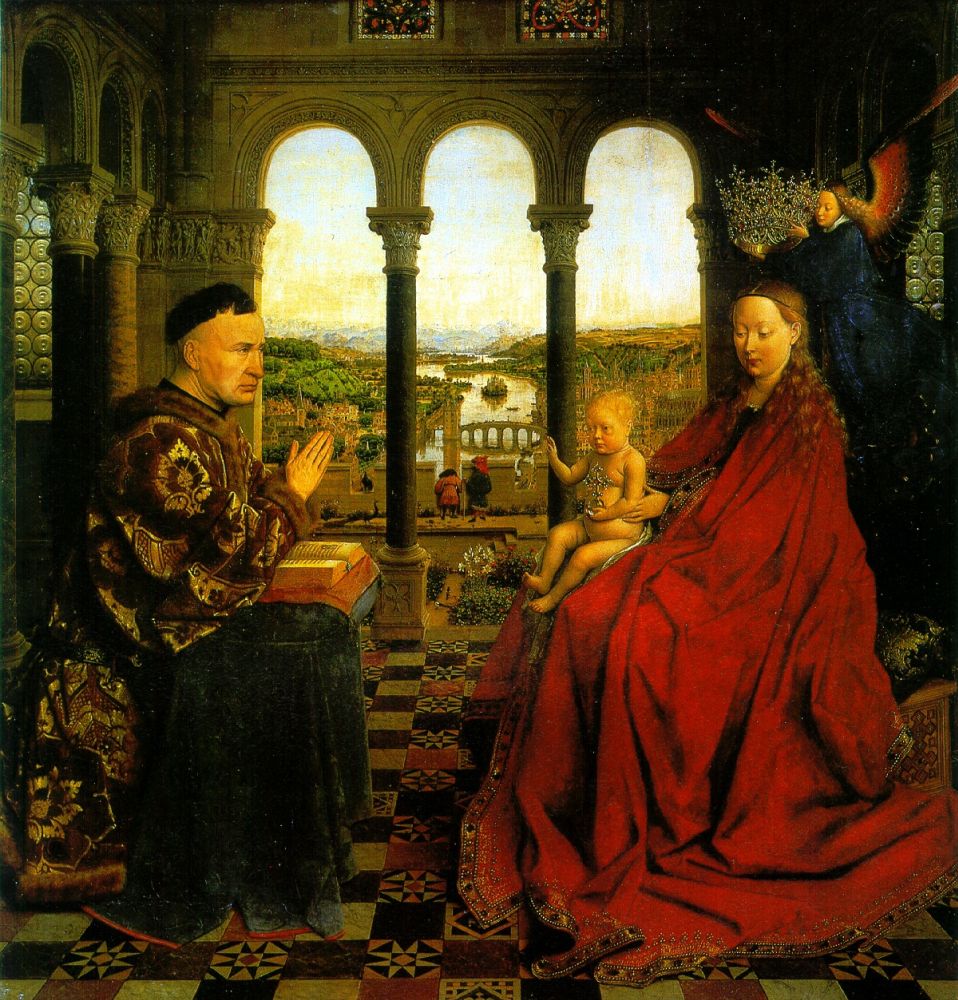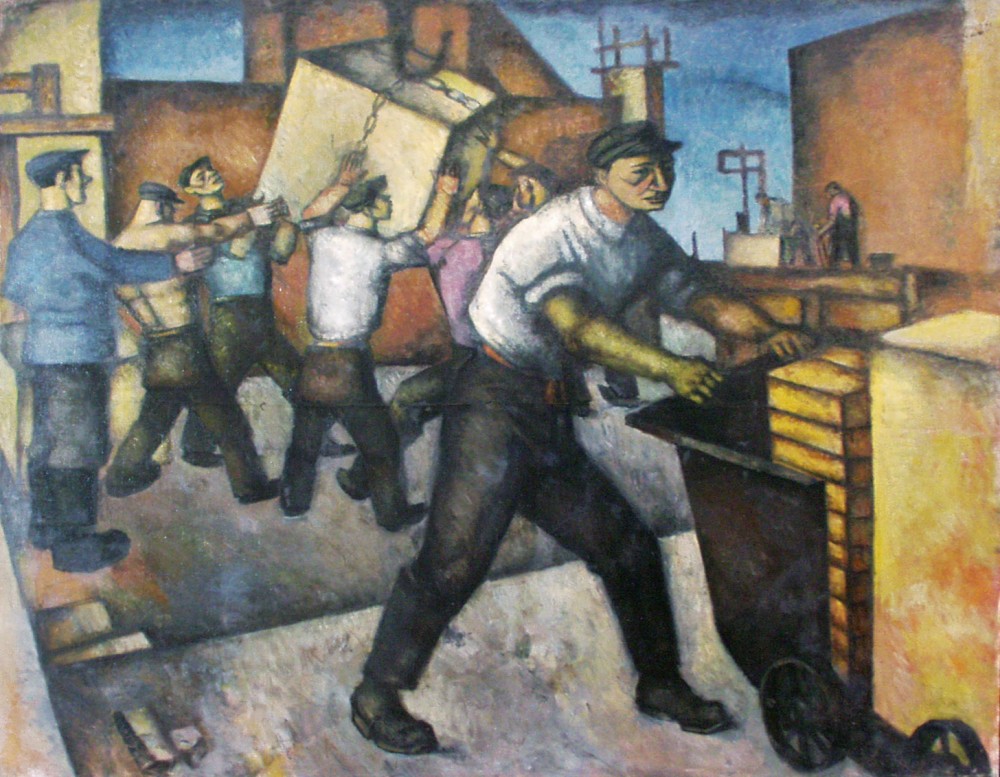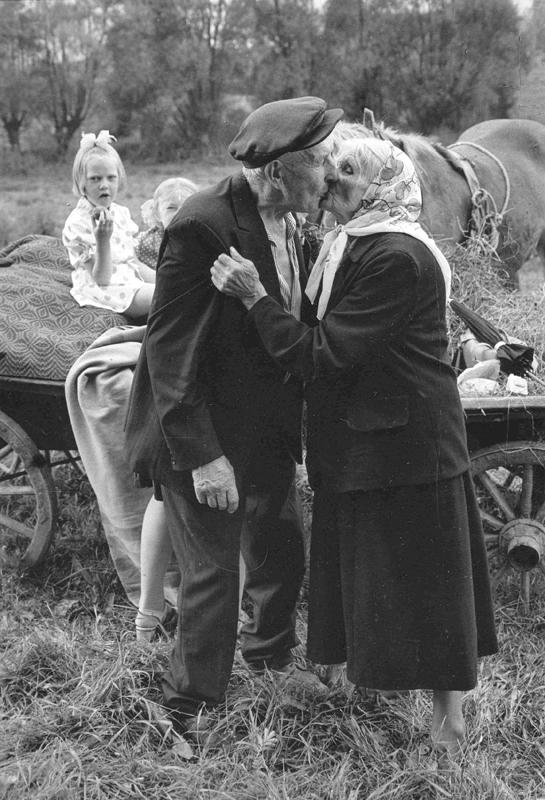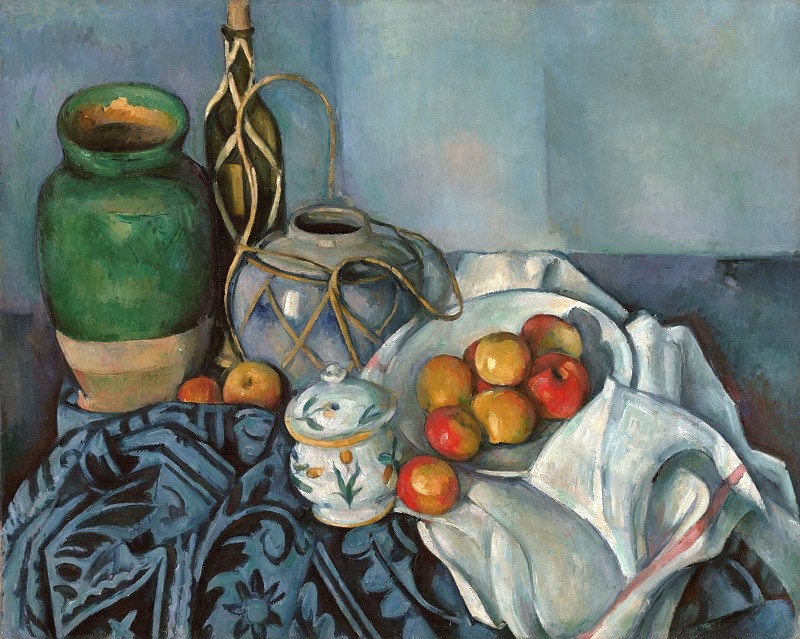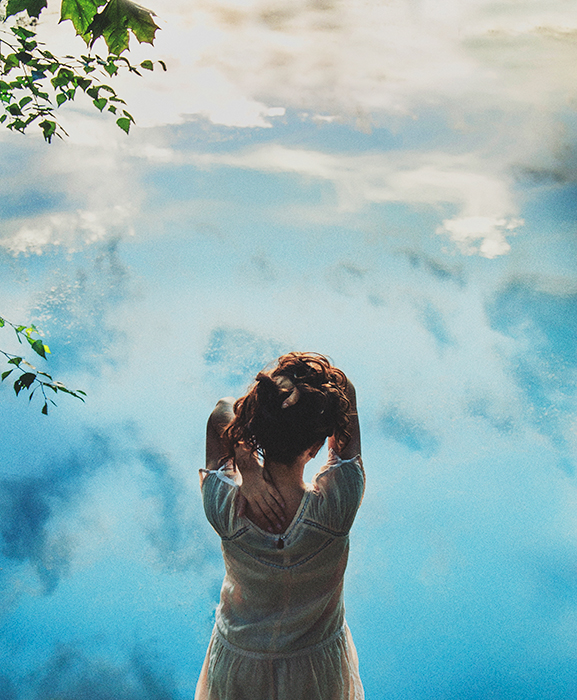“RUKOGRAFIKA”: THE PHILOSOPHICAL PROJECT OF STANISLAVA ARISTOV
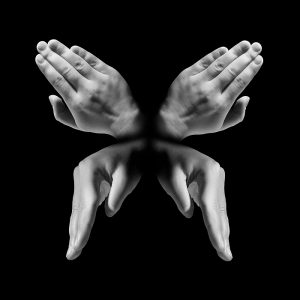 The new project of photographer Stanislav Aristov is dedicated to hand language. What is it – the author ponders: an image folded by hand? Drawings on the wall of eternity, sealed with light in darkness? Or dumb language, understandable to everyone? He told us about the main idea of the project and the emotional component in a special interview.
The new project of photographer Stanislav Aristov is dedicated to hand language. What is it – the author ponders: an image folded by hand? Drawings on the wall of eternity, sealed with light in darkness? Or dumb language, understandable to everyone? He told us about the main idea of the project and the emotional component in a special interview.
– How long have you been working on the project?
– Hard to say. The idea was born back in 2008. The first public works appeared in the fall of 2009. Since then, the project lives in the skin of Schrödinger’s cat – it seems he is, but he seems not to be. Periodically, I remember about him and try to shoot something else, but most of it goes into the trash.
Manuscript, Stanislav Aristov, photographer, hands photo, photo beautiful hands
“Butterfly”, a work from the series of Stanislav Aristov “Rukografika”
– How did the idea of creating such a project come about?
– Once upon a time, when the trees were taller, and PolTergeist was a creature more virtual than real, in the same virtual space where he lived, the question was “Would you not like to photograph women’s hands?”. Then I did not want to. And about a year later, this idea emerged from the quiet depths of my mind and settled on the surface. The first tests on my own hands convinced me that, first, the idea is very interesting, difficult to implement and promising; and secondly – my hands are no good here.
– The project authorship is Anna Malkavian. Is this a joint project? And to what extent did your ideas interact?
– Anna Malkavian (this is not a real surname) – the person who asked me the same one – the main question. But when I took the incarnation, Anna said that she represented all this completely wrong. So I’m probably the author of the works alone. But do not be Anna with her question – it is not known whether I ever began to take off my hands at all.
– What would you call the genre in which this project is made?
– I do not even know. I have a problem with the definition of genres. Here are the same pears or matches – the bulk of the inhabitants of the photo sites will classify them primarily in the computer art. But for me, matches are first of all macro, and pears are still life in some ways. To determine the genre of hands, I generally find it difficult.
– Why is your project called “Rukografika”?
– Because initially it is all the same graphics from the hands. Attempting to portray anything. First, simple things, images, actions. Then – an attempt to portray emotions.
– How hard is it to implement the project in technical terms?
– In technical – not very hard. A few articles on working with narrow beams of directional light – and it’s pretty simple. It was much harder to lay down what I wanted to portray. It is even harder to find the hands and the time to work with them. I have a ragged schedule at the main place of work, so I mostly photograph when it turns out. Most often it is either late evening, or the very height of everyday life. In such conditions, it is difficult to find a “permanent source” of hands. Now it is easier: there is a wife and her hands. Sometimes I regret that my own hands are not suitable for the project – this would make my task much easier – I thought it out myself, made it myself, shot it myself, especially since I generally try to work alone and with improvised material.
– “Story of fingers” – what do you mean by that?
– It’s like a deaf-and-dumb language. Only I have my own language, or rather not even a language, but simply sketches of some phrases, spoken by hand. It turns out that this is very difficult, given the restrictions imposed by me, which do not allow me to add something different from the hands to the frame.
– Do you think that each of the presented works will give rise to their own understanding of each viewer or is it still endowed with a specific meaning?
– Part of the work is quite concrete. There, in my opinion, it is difficult to see something different from what is depicted (for example, “Love” or “Cat”). The other part is more emotional (“Request”, “Handwriting number 18”). These works are understood by the mood of each viewer individually. I even ceased to call some of the last works: it turned out to be so different interpretations.
